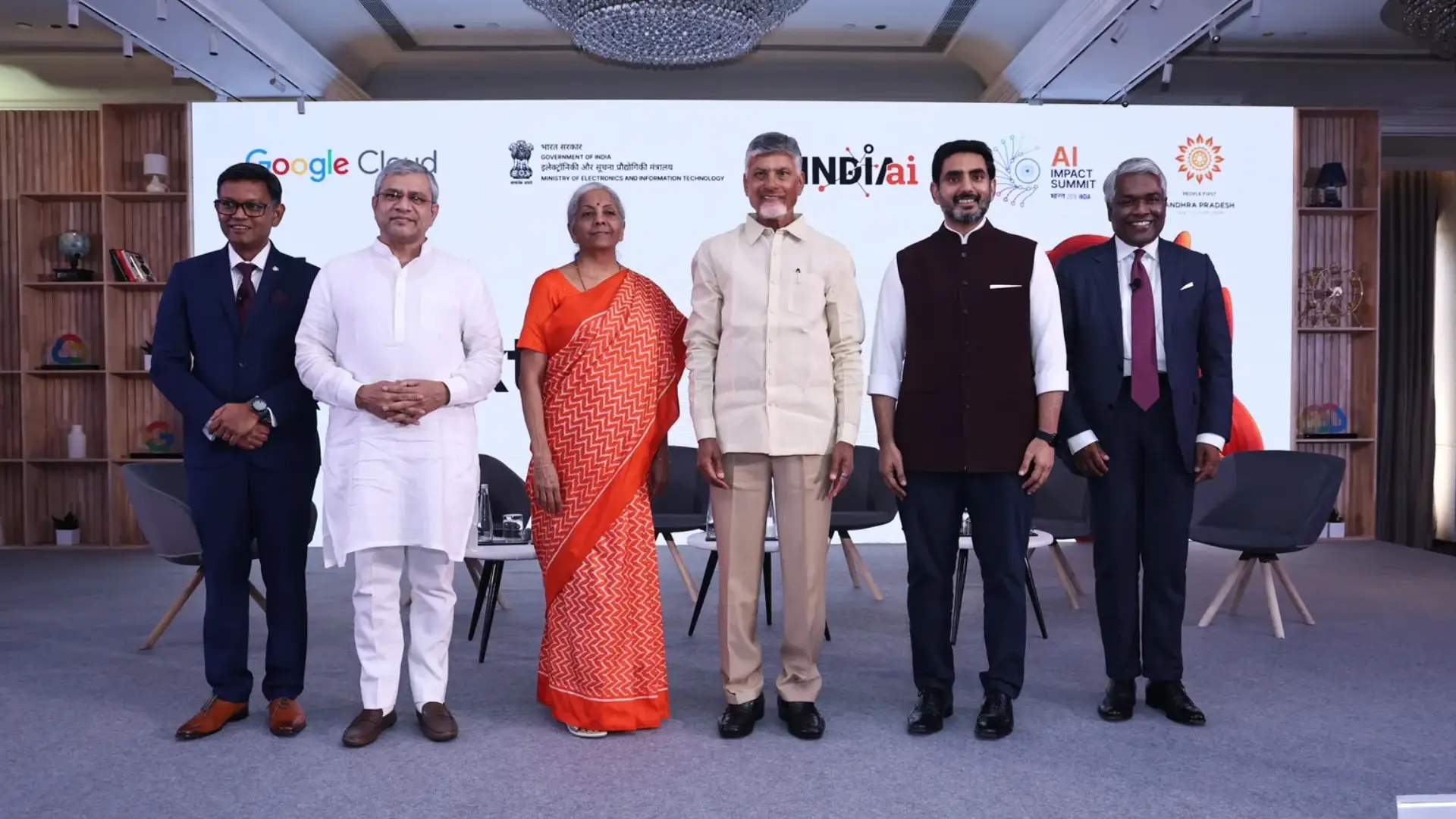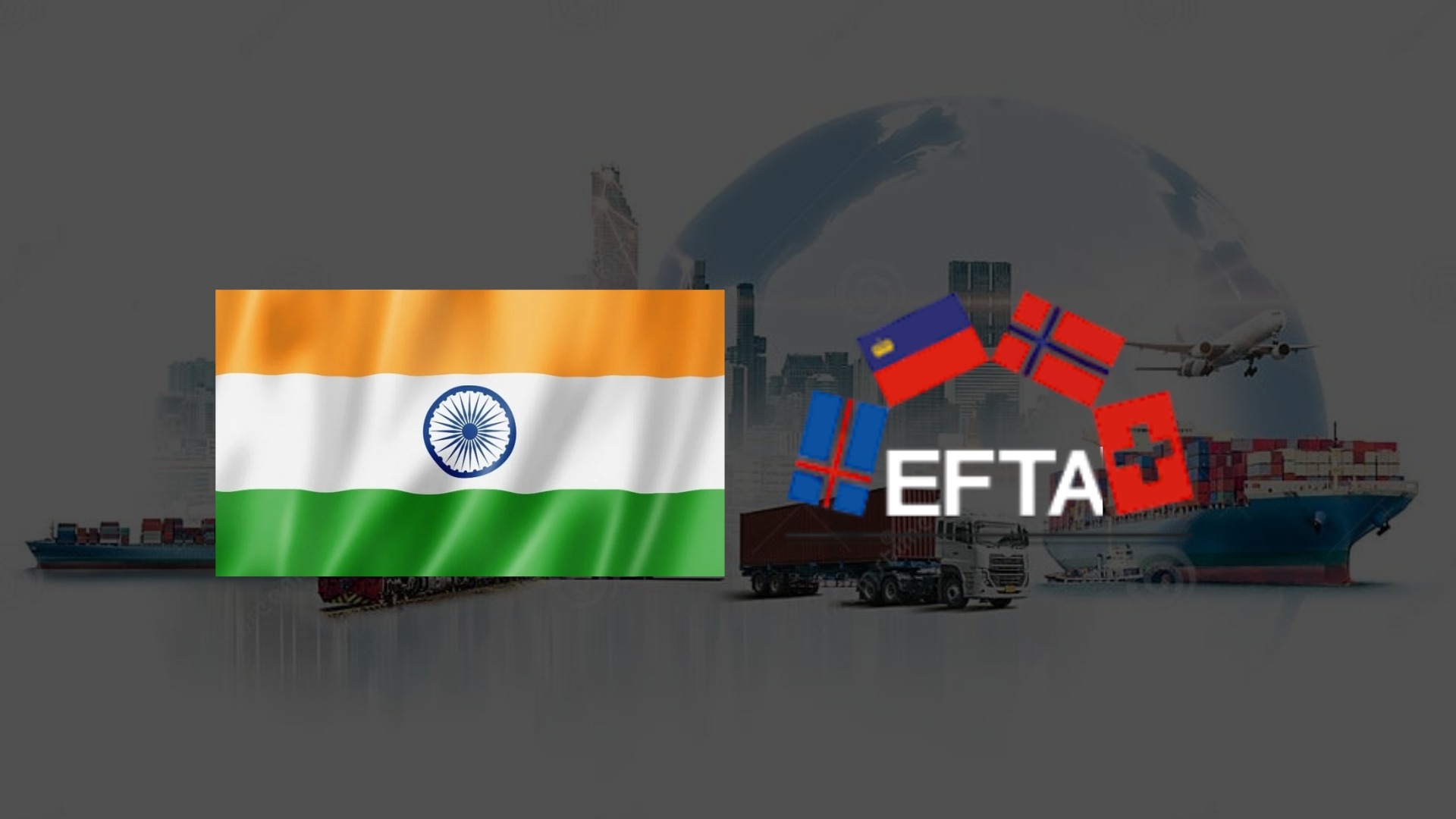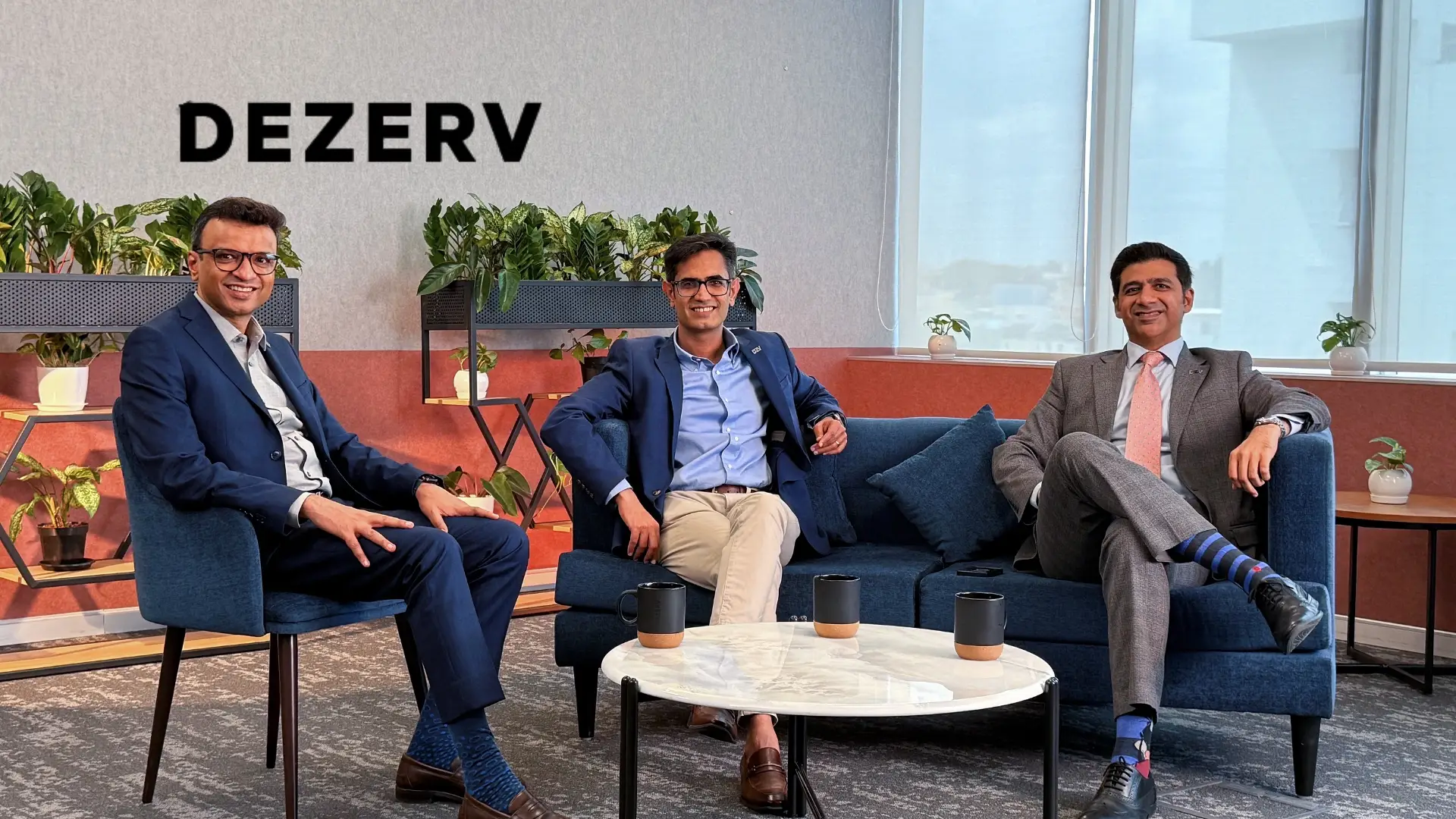India is witnessing a massive wave of digital startups, more into the convenience segment. They are raising millions and minting millions. But there are a smaller number of startups that are focusing on core problems and innovating. There is one such startup which innovated and brought a revolution in the decades old industry which is Fans. For over half a century, no meaningful innovation had happened in this space. But a duo saw the opportunity and decided to reimagine it. The story we are diving into is Atomberg Technologies, a company that turned a common ceiling fan into a high-tech, energy-efficient product and built a multi-crore business that’s reshaping how India thinks about home appliances.
The story begins at IIT Bombay, where Manoj Meena and Sibabrata Das, shared a simple curiosity. The simple question they had was, why do ceiling fans still consume the same amount of power as they did 50 years ago? They both started working on a project and they started innovating. They started working on a small idea: creating BLDC motors (Brushless DC Motors) that could make appliances smarter and more energy-efficient. The duo initially faced countless hurdles from lack of funding to supply chain issues. But their conviction was clear: energy efficiency is not a luxury, it’s a necessity. In 2012, they officially founded Atomberg Technologies.
The first product Atomberg launched was a BLDC motor-based ceiling fan, which consumed only 28 watts of electricity less than half of what a regular fan used. To put this in perspective: A typical Indian household runs a ceiling fan for 15 hours a day. A regular fan consumes around 75 watts. Over a year, that translates to roughly 330 units of power per fan. Atomberg’s fan used less than half of that. This means it can save thousands in a year. But innovation alone doesn’t make a company successful. Atomberg had to figure out how to sell an unfamiliar product in a familiar market.
The early days were challenging. Consumers didn’t understand the “BLDC” jargon. Retailers were not ready to keep new brands. The industry was dominated by giants like Crompton, Havells, Bajaj, and Orient with deep distribution networks and strong brand recall. But what they did to obtain product-market fit is to focus on B2B. Confused why B2B? Let me explain, Ceramic factories are harsh environments where we have dust, hear, voltage fluctuations and 24/7 operations. Now if a BLDC fan could survive and deliver savings here, it would prove the technology. Atomberg’s early installs in ceramic plants forced the company to rethink designs with better windings, improved voltage protection, longer-life bearings and boards that stood up to continuous operation. More importantly, they generated measurable case studies: kilowatt-hour reductions, lower maintenance costs, and shorter ROI periods. And that was a clear market fit. Now they used this as a testimonial and scaled to other companies. After Ceramics they also focused on the Textiles industry. But what they understood lately was, this segment is a fraction for them to scale. So, they pivoted to home segment.
Atomberg executed a go-to-market strategy. They used e-commerce platforms (Amazon, Flipkart, and D2C) to target early adopters and gather reviews. Parallelly, they established offline distribution across multi-brand outlets to capture the broader market that still prefers in-store purchases and trusted local dealers. They slowly expanded in the offline market and online and minted millions. Along with Mumbai, Atomberg concentrated efforts in the Southern states and Gujarat. The southern markets especially Kerala were a strategic priority for a few reasons: higher electricity consumption per household, dense urban and semi-urban clusters where electric bills matter, and a mature retail ecosystem that valued innovation. Early adopters in the state both households and small businesses started recommending Atomberg due to visible electricity savings and quiet operation. That local momentum was amplified through a well-timed above-the-line (ATL) push. In 2019 and into 2020, Atomberg invested in broader brand advertising in targeted regions: TV, radio, and outdoor that carried the rupee-savings narrative and reinforced the digital proof points. This led to a decent market share of about 25% as per different sources in Kerala alone.
That’s a big win for the company and when we see the financial performance, it shows the clear picture. In FY23, Atomberg reported revenue from operations of ₹645 crore. A year later, in FY24, that figure surged by 31.5% to ₹848 crore, reflecting not just strong consumer adoption but also successful scaling across new markets and channels. Equally important, the company narrowed its losses by 31%, signalling a disciplined approach to growth rare for a hardware startup in expansion mode. And then came the milestone moment. In FY25, Atomberg surpassed ₹1,000 crore in revenue, as confirmed by co-founder Sibabrata Das in a LinkedIn post. This is the story of Atomberg and it shows how innovation helps to build a crores revenue generating empire.
Also Read: The IndiaAI Mission Explained: How India Is Building an Inclusive AI Future










